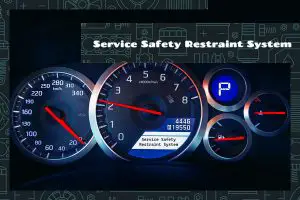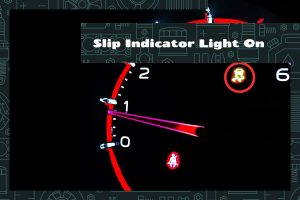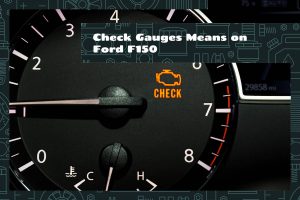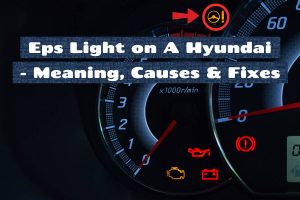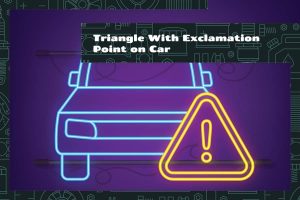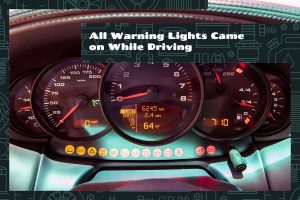Dashboard lights are an essential part of any vehicle’s cockpit, acting as an alert system to keep drivers informed of their vehicle’s health and performance. From the check engine light to the low tire pressure warning, each light serves a specific purpose, and their significance can never be understated. But one of the lesser-known, not-very-intuitive warning symbols is the O/D Off light.
The O/D Off light or Overdrive Off light indicates when the vehicle’s overdrive function has been turned off. Overdrive is a gear that allows the vehicle to operate at a higher speed with less engine RPM, improving fuel efficiency and reducing noise.
Many of these terms may seem unfamiliar to the average joe. In today’s guide, we’re going to go over the basics—what is overdrive, when you would use the overdrive gear, and what to do when the light turns on.
What Is Overdrive?
Overdrive is a type of transmission gear that is most commonly found in modern automobiles that are equipped with automatic transmissions. By enabling the vehicle to travel at higher speeds while requiring a lower number of revolutions per minute (RPM) from the engine, the overdrive gear can improve the vehicle’s efficiency in terms of both fuel consumption and noise levels. It is the gear ratio with the highest number of teeth in the transmission, and its purpose is to slow down the vehicle’s engine while allowing it to keep up with traffic on the road.
This comes in especially handy when driving at high speeds when the engine is put under less strain and is therefore able to perform its tasks in a more effective manner. On the other hand, if the vehicle is moving through hilly terrain or is transporting a heavy load, the overdrive gear might be disabled. This would result in the vehicle shifting into a lower gear, which would improve both its performance and its stability.
When Would You Use Overdrive?
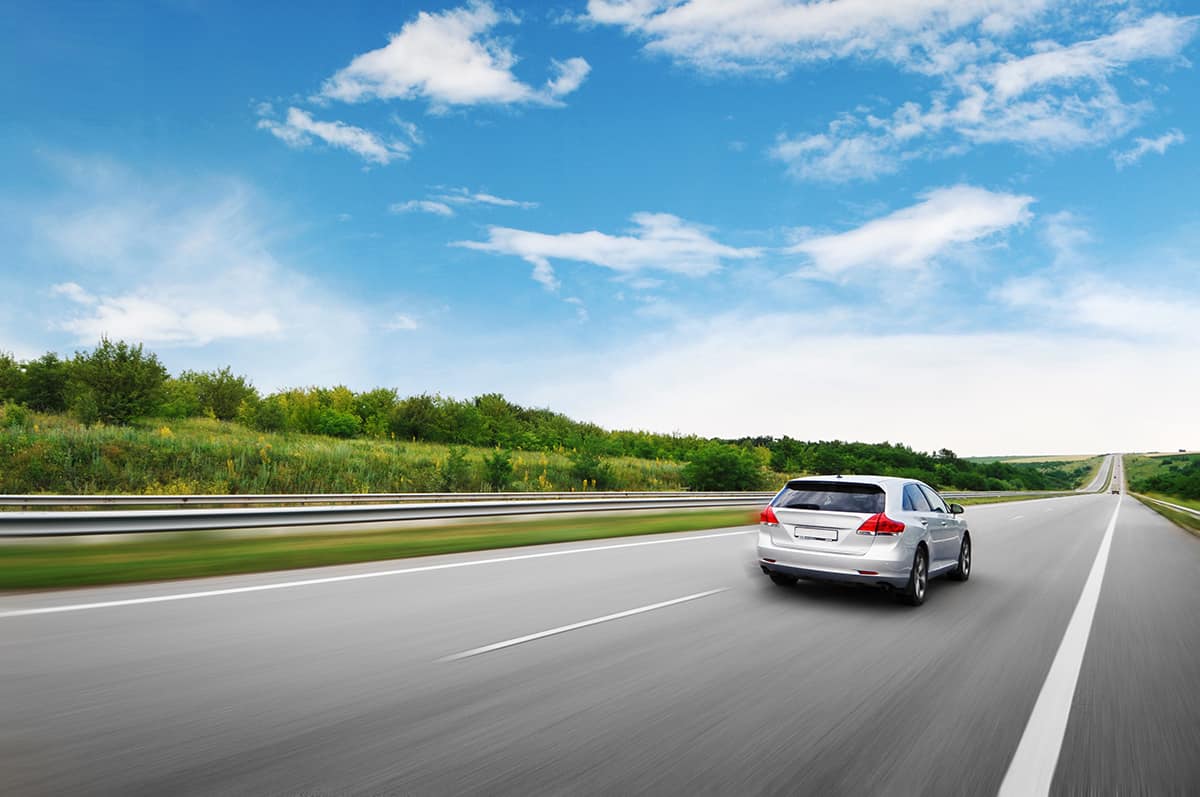
The overdrive function in a vehicle should be used when driving at cruising speeds on highways or long distances. This is because overdrive provides improved fuel efficiency and a more relaxed driving experience. It is recommended to engage overdrive after the vehicle has reached a high speed on the highway.
The overdrive function can be manually turned on or off in older vehicles by using a button near the shifter, and a corresponding indicator light in the gauge cluster will show when the overdrive is off. In newer vehicles, the overdrive function is automatically controlled by the Electronic Control Unit (ECU) and will engage when the proper speeds and conditions are met. Some drivers prefer to keep the overdrive function on at all times, especially if they do a lot of highway driving and don’t require additional acceleration or pulling power.
When to Turn Off Overdrive
When more power is required from the engine of the vehicle, such as when passing other vehicles, climbing hills, driving on off-road surfaces, or towing a heavy load, the overdrive gear should be disengaged. Because using overdrive reduces the amount of power and torque that an engine is capable of producing, the vehicle’s overall performance may suffer as a result.
It is important to have the full capability of the engine in these circumstances so that you can avoid potentially hazardous driving situations, such as when you are passing another vehicle or climbing a hill while carrying a heavy load. If you disable the overdrive feature, the transmission will remain in lower gears, which will result in a more responsive accelerator and increased effectiveness of the engine brake.
In order to have a driving experience that is both safe and productive, it is absolutely necessary to be aware of the capabilities of your vehicle and to adjust the overdrive function appropriately.
Can You Drive with the O/D Off Light?
Under certain conditions, such as when driving in terrain with hills, it is fine to turn off the overdrive function of your transmission. On the other hand, it is recommended to have overdrive engaged when driving on the highway because doing so will result in improved fuel efficiency. This is because overdrive increases the amount of torque that the engine produces.
At high speeds, having the O/D Off light illuminated can cause an increase in the amount of fuel that is consumed. It is not dangerous to operate a vehicle without the overdrive gear engaged; however, it is essential to be aware of when it is necessary to disengage it.
In addition to this, shifting into overdrive can help to lessen the likelihood that your vehicle will have noisy steering. It is best to be aware of the capabilities of your vehicle and to adjust the overdrive function in accordance with those capabilities in order to achieve the best possible performance and fuel efficiency.
Which Cars Have an Overdrive Gear?
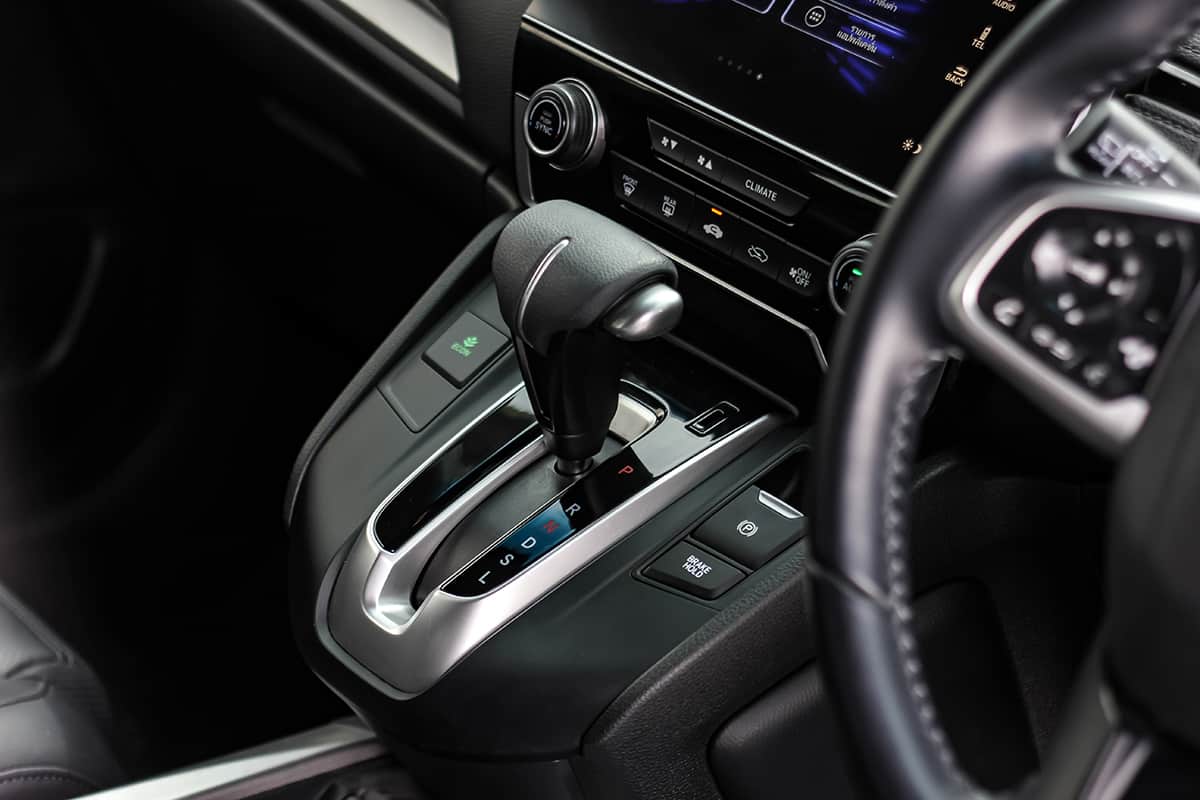
The availability of the overdrive gear is standard in modern automobiles. Overdrive gears can be found in both automatic and manual transmission vehicles.
Overdrive was introduced in at least the 1950s as a standalone system for use with 3-speed automatic transmissions. When in second or third gear, drivers could voluntarily switch to overdrive (at cruising speed). Vehicles may have an overdrive gear that engages when the accelerator is released. You can release it by pressing the accelerator once more. This persisted until the 1980s.
Overdrive Gears in Modern A/T Cars
| Gear | Gear Ratio |
| 1 | 3.24 |
| 2 | 2.10 |
| 3 | 1.42 |
| 4 | 1.00 |
| 5 (overdrive) | 0.82 |
| 6 (overdrive) | 0.62 |
The ratio of one gear’s number of teeth to the number of teeth on another gear to which it is mated is known as the gear ratio. How much force is transmitted from the motor to the wheels of a car is dependent on its gear ratio.
A higher gear ratio reduces the amount of torque transferred, making better use of the engine’s output at higher speeds. Low gear ratios are more suited to low-speed acceleration because they transfer more torque. Gear tuning entails altering the ratio of a set of gears by swapping them out for another set or by making physical adjustments to the gears themselves.
Should You Leave Overdrive On?
Overdrive should be left engaged under most driving conditions. At high speeds, the engine is quieter and more fuel efficient thanks to overdrive’s contribution. Overdrive engages automatically at higher speeds, allowing for the most enjoyable ride possible.
If you’re not towing a heavy load or driving up a steep incline, overdrive should be left on and the transmission allowed to do its job. You can save money on gas and have a more peaceful ride this way.
Is the O/D Off Light Dangerous?
The O/D Off light does not pose any immediate danger, but it may indicate an issue with the overdrive system. The overdrive has been disabled, either intentionally or by accident if the light comes on and stays on. The vehicle’s ability to operate in a different gear ratio is usually not a cause for alarm.
However, transmission or other related component trouble could be the cause of a blinking O/D Off light. Due to the potential impact on the vehicle’s performance and the risk of further damage if ignored, it is crucial to have the problem checked by a certified mechanic as soon as possible.
It is safe to drive with the O/D Off light on, but if the light begins flashing or stays on for an extended period of time, there may be a problem. Overdrive problems can be avoided, and driving can be made more reliable by performing routine maintenance and inspections.

